The format of my input file is the following:
PERSON1 BUILDING1
PERSON2 BUILDING4
PERSON3 BUILDING4
PERSON5 BUILDING3
PERSON3 BUILDING2
PERSON3 BUILDING1
PERSON5 BUILDING6
PERSON4 BUILDING6
1000 more rows like this
Each row should be read like this "the person X visited building Y"
I simply want to have clusters like this:
Cluster 1 : Persons that visited only 1 building (the same building)
Cluster 2 : Persons that visited only 2 buildings (the same buildings, let's say building 1 & 2)
Cluster 3 : Persons that visited only 2 buildings (the same buildings, let's say building 3 & 4)
Cluster 4 : Persons that visited only 3 buildings (the same buildings)
etc..
What would be the best way to do it? Is there a software ideally with data visualization that can do that? I tried Knime with no success.
